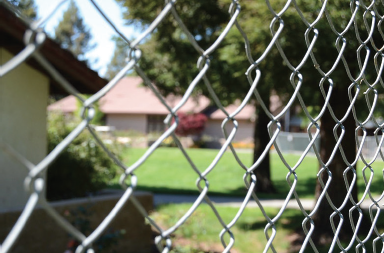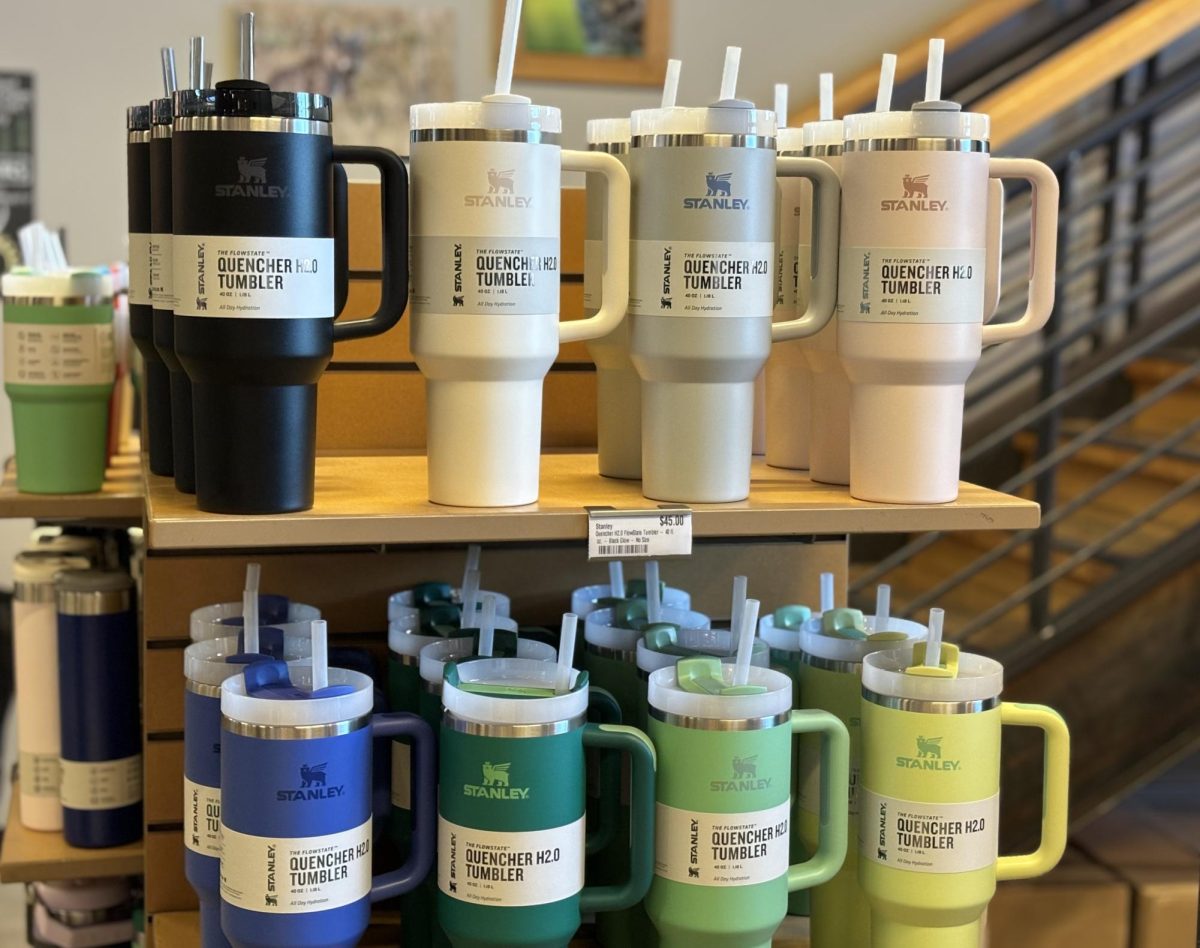COVID-19 is something Sonoma State’s campus community is being forced to get used to, as the pandemic approaches its second year present in the United States. Most of the university’s COVID-19 protocols are tattooed on the brains of students forever, as they come up in daily life and often require action. The only protocol that seems to be a mystery amongst the campus community is how on-campus quarantine works.
On the SSU website under “Information about COVID-19”, it explains that a COVID-19 positive test should result in the patient promptly calling the SSU Health Center and seeking quarantine. There are no further details about what happens before, during, or after said quarantine on the web page. Keeping students in the dark about what may happen should they receive a positive result creates nothing but fear and uncertainty amongst the community, and may even lead to students being dishonest about their test results.
Dottie Aschwanden, Residential Advisor and fourth year Communications major, recently experienced on-campus quarantine. After reporting that they were feeling ill on the daily wellness check tool, the school immediately placed Aschwanden in quarantine, even though they had tested negative for COVID-19 a few days prior and were simply seeking medical assistance. Aschwanden said, “I was walking to my class one minute and then two minutes later I was walking to collect my belongings and go to quarantine and isolation housing.”
Aschwanden went on to explain that the process of being placed in quarantine began with a visit to the Residential Education and Campus Housing (REACH) office to pick up a bag of food, a key card to the isolation dorm, and an instruction pamphlet. They then made their way to Sauvignon Village, where they’d be isolated for an unknown amount of time in a dorm meant to house six people.
They then explained that the Kitchens delivered food to them, as they have access to a meal plan, and they were also given some canned food upon arrival at the isolation dorm. Aschwanden was one of the lucky people who didn’t have to worry about where their next meal would come from, but this is not the case for many other students forced into quarantine housing. Aschwanden said, “It would have been unfortunate for anyone who didn’t have a meal plan to be in quarantine housing, because one meal per day to be delivered would be $20. So students either had to have food delivered to the dorm or buy food from the kitchens if you weren’t prepared enough to bring it with you.”
Students on campus who don’t have meal plans have the choice of eating canned mystery foods or paying upwards of $20 to have either the Kitchens or an off-site provider deliver food to them. This detail could be detrimental to students who cannot afford such expenses, and if information like this was more widely available, students would be able to prepare for quarantine more effectively. Instead, the university is not providing any information about what quarantining on campus is like until absolutely necessary.
As Aschwanden recovered from their cold, they said the Student Health Center offered no help to them in treating their illness, even though that’s the whole reason they called in the first place. Instead, they were sent to isolation and forced to come up with some home remedies using what they’d packed in their go-bag. For students without health insurance, this detail is especially alarming, as the Student Health Center is the only place available to many students in terms of healthcare.
Thinking back to the beginning of the pandemic, one may recall that Sonoma State has been quarantining folks in the dorms since April of 2020. In March of that same year, the university signed a deal with the county that offered them $5 million in exchange for the conversion of the university’s dorms into housing for over 150 homeless people over the age of 65 with underlying health risks. That summer, they erected a six-foot tall chain link fence across dorm villages where students had been living not even a month prior.
Now, the fence is gone, but the isolation persists, as a portion of Sauvignon Village remains dedicated to quarantine – except now, the people being isolated are on-campus residents. One would assume, based on the fact that SSU has been working with quarantined individuals for over a year now, that their system would have improved over time and more information about the process would be available to students so that they can prepare.





![[Both photos courtesy of sonoma.edu]
Ming-Ting Mike Lee stepped in as the new SSU president following Sakakis resignation in July 2022](https://sonomastatestar.com/wp-content/uploads/2024/04/CC4520AB-22A7-41B2-9F6F-2A2D5F76A28C-1200x1200.jpeg)


























